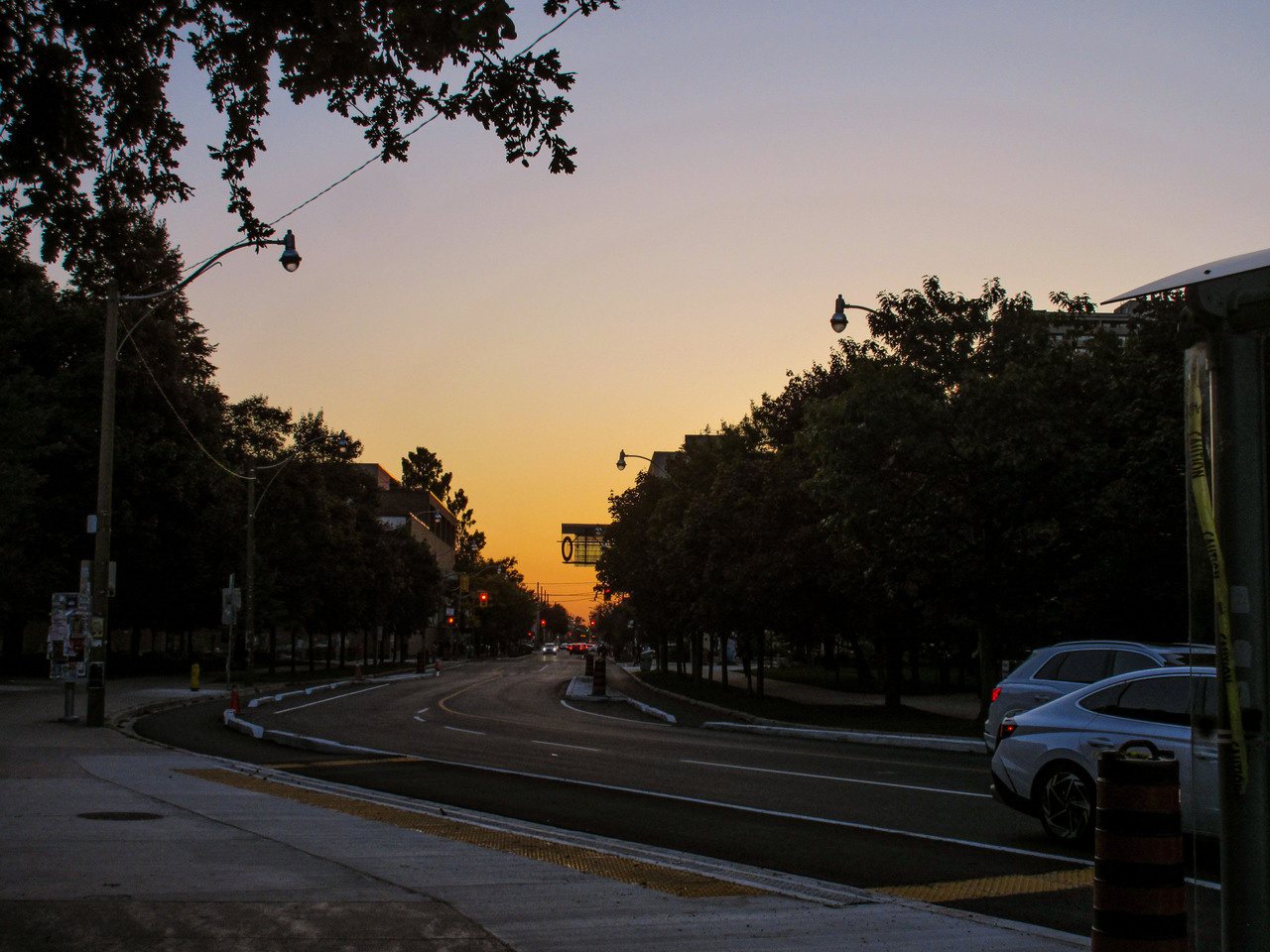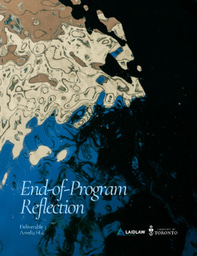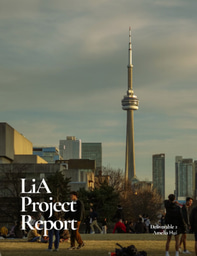
This is a late reflection on the final phase of my LiA: filming, editing, and publishing my 10-minute mini-documentary, titled “Origins: Before Then and Now”. The intent was to document and share strangers’ experiences with culture and identity, while examining how art is used as a vehicle to communicate that. If you’re interested, you can watch the documentary here: https://youtu.be/h-4HeF_jBug
First, I learned that many people had not deeply contemplated questions about culture and identity, unless they had previously had to grapple with changes in their environment. Although most people needed clarification on the questions or seemed to be contemplating these things for the first time, it was a good sign to me: it demonstrated that I was prompting them to consider their own relationships with their heritage and culture. My impact was a little bit more difficult to assess quantitatively, but I could tell that most of those whom I interviewed were intrigued by the topic. For instance, a few interviewees stated, “That’s a good question,” or “That’s deep”, signalling a connection to the prompts.
Second, as I was editing and replaying the interview audio, I noticed that a lot of people tend to gravitate towards the “dual identity” answer. While they may associate more strongly with a certain aspect of their background, they nonetheless recognize other facets of it. Some mentioned “making Toronto our home” – this showed me that the idea of a motherland does indeed exist, but the notion of home often becomes more significant as people have more autonomy over how it is created and what they should associate it with.
Third, I realised that as I conducted the interviews, I became more confident in the questions I was asking and knew how to follow up in the discussion based on each interviewees’ life experiences. It became less so of a nerve wracking experience, and more of an exciting one. I was especially grateful to have heard from Steven, who emigrated from Burma, about his story and perspective on being Burmese-Taiwanese-Canadian.
Overall, the editing process was mostly smooth—I learned that it made more sense to go with the flow of the content I already had, rather than try to manipulate it into a set story I had in mind. It was easier to simply add clips and align the audio to fit it and vice versa, instead of cutting clips to make the conversation seem more “polished”. In the end, I left a lot of the natural pauses and background noise to better simulate the environment in which the interviews were happening, and to better capture the authenticity of the conversation being had.





Please sign in
If you are a registered user on Laidlaw Scholars Network, please sign in